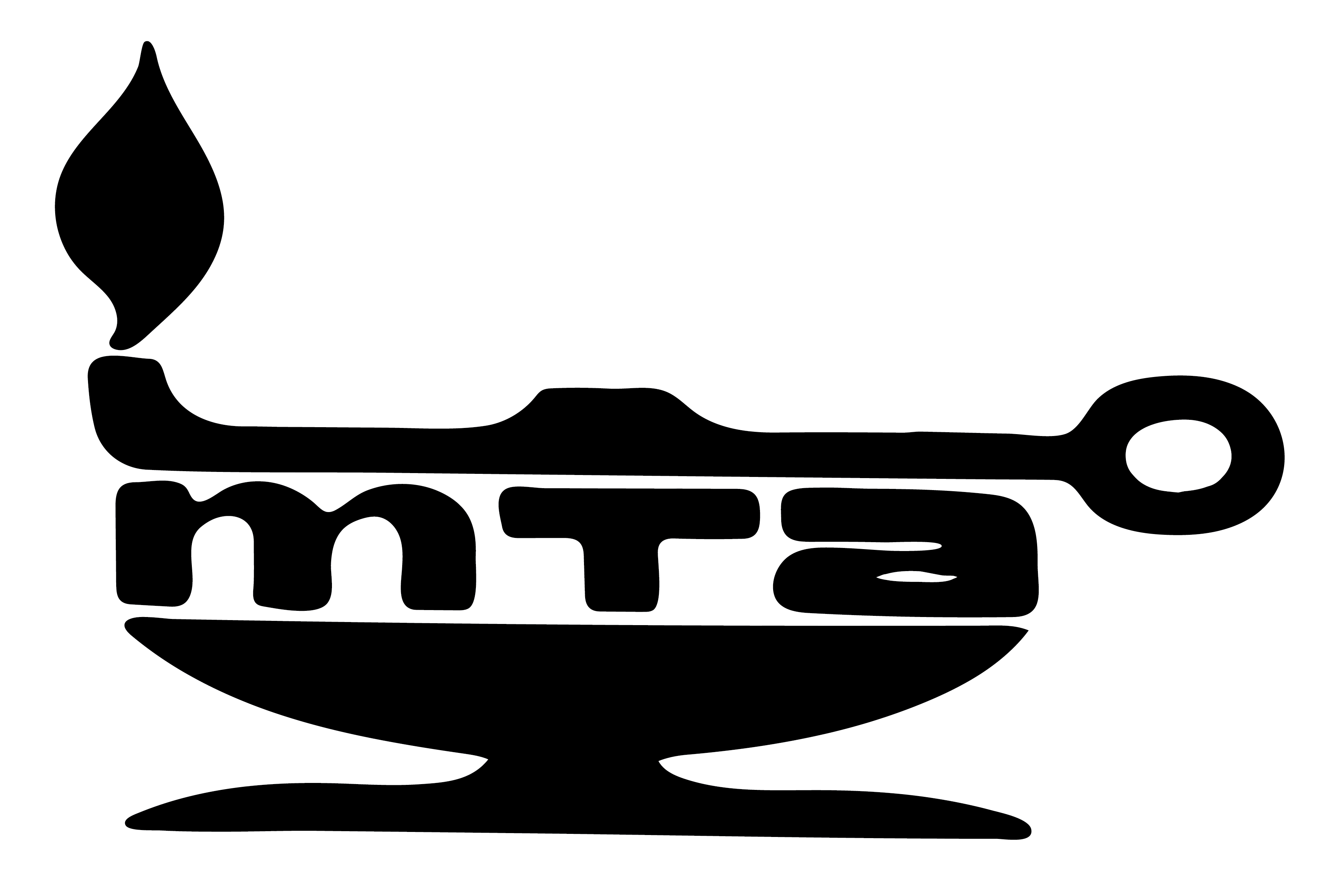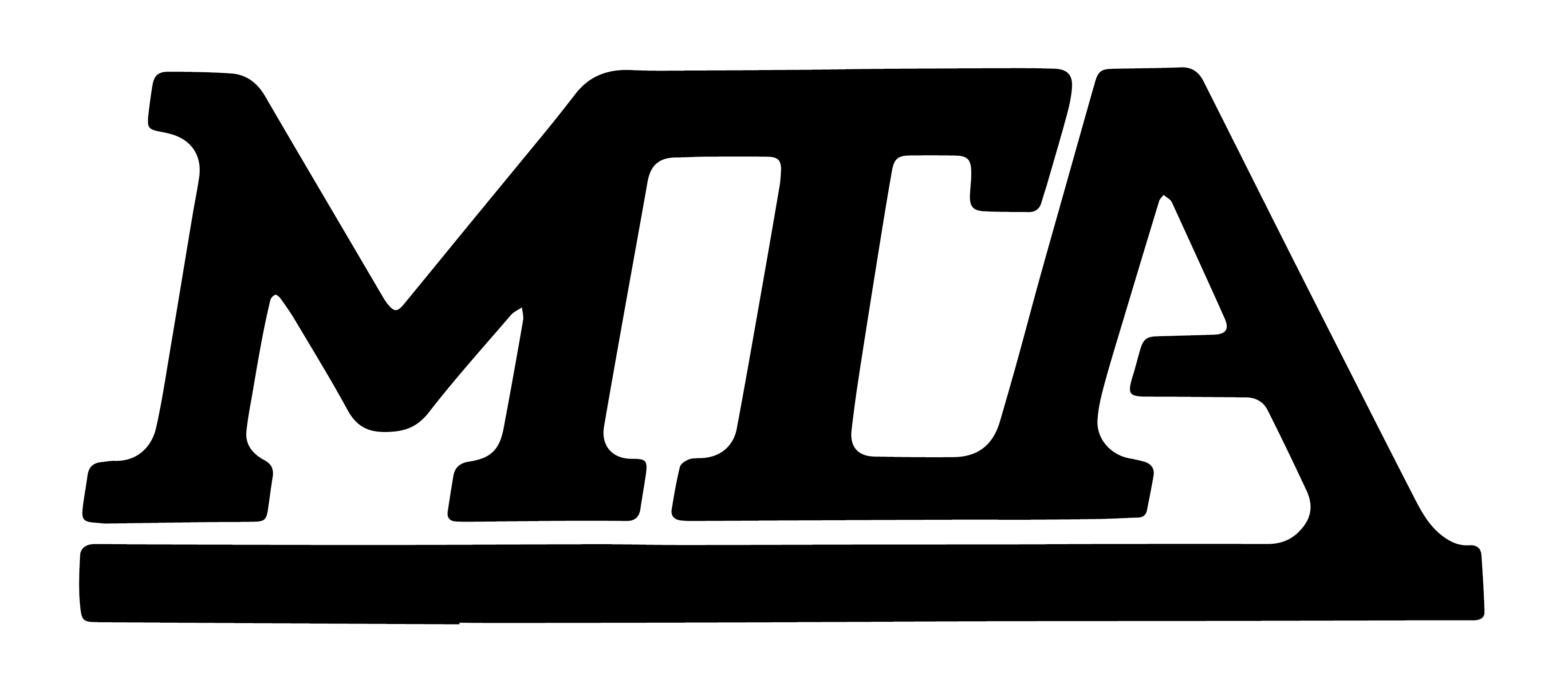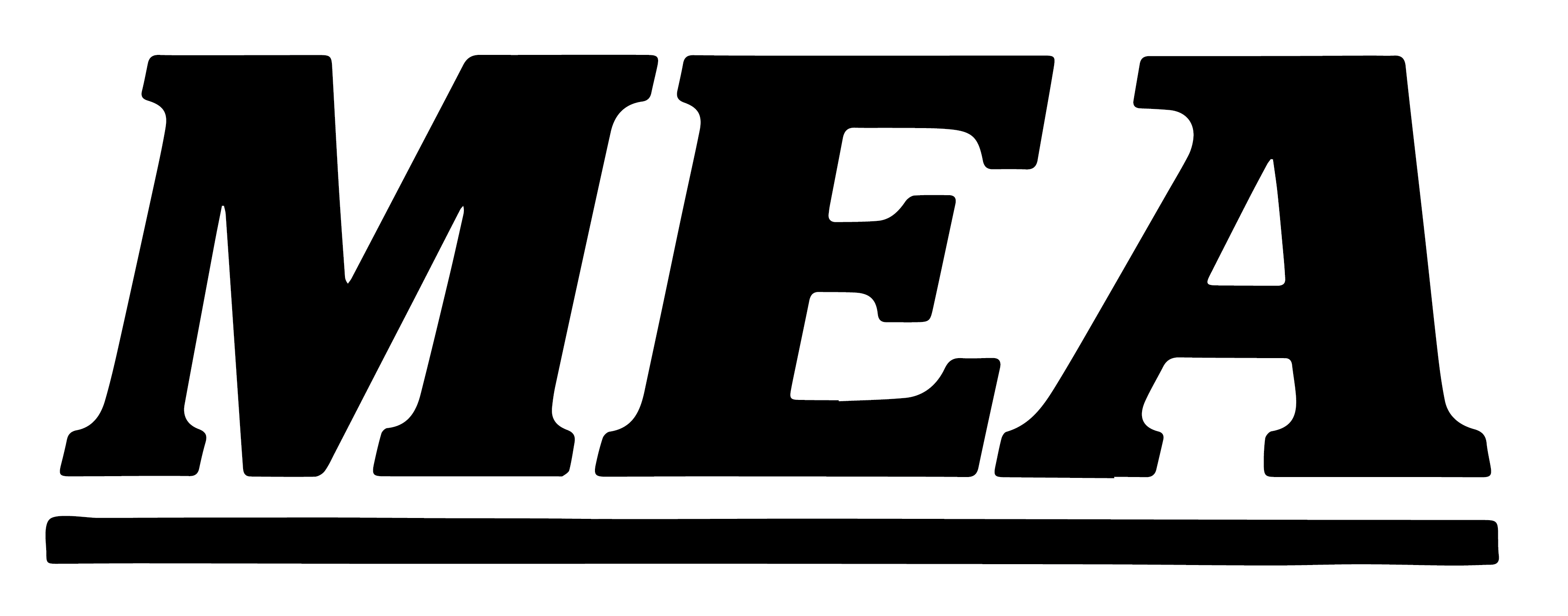About MEA
Mission Statement
We, The Members
Of the Maine Education Association, are the voice of education professionals in Maine. Our work is fundamental to the state, and we accept the profound trust placed in us.
Our Vision
Great public schools for every Maine student.
Our Mission
To advocate for education professionals and to unite our members and the people of Maine to fulfill the promise of public education to prepare every student to succeed.

Core Values
These principles guide our work and define our mission:
Equal Opportunity: We believe public education is the gateway to opportunity. All students have the human and civil right to a quality public education that develops their potential, independence, and character.
A Just Society: We believe public education is vital to building respect for the worth, dignity, and equality of every individual in our diverse society.
Democracy: We believe public education is the cornerstone of our state. Public education provides individuals with the skills to be involved, informed, and engaged in our representative democracy.
Professionalism: We believe the expertise and judgment of all education professionals are critical to student success. We maintain the highest professional standards, and we expect the status, compensation, and respect due all professionals.
Partnership: We believe partnerships with parents, families, communities, and other stakeholders are essential to quality public education and student success.
Collective Action: We believe individuals are strengthened when they work together for the common good. As education professionals, we improve both our professional status and the quality of public education when we unite and advocate collectively.
Strategic Plan Goals

- QUALITY OF LEARNING – Every Maine student will have a great public school.
- PROFESSIONAL AUTONOMY – Maine Education Association members will lead in establishing and upholding the standards for their professions.
- GOVERNMENT RELATIONS AND FUNDING – Maine Education Association will be the most influential political action group in Maine.
- ECONOMIC – Maine educators’ salary/wages and economic benefits will be competitive with other New England states.
- WORKING CONDITIONS – Maine Education Association members will work in environments that offer optimum working conditions.
- MEA AS AN ORGANIZATION – Maine Education Association members will maximize capacity for collective action in all educational arenas.
- PROGRAM SUPPORT SERVICES – Operate the Maine Education Association in an efficient and democratic manner for the benefit of the membership.
Quality of Learning Goal
Every Maine student will have a great public school.
Objectives:
- Encourage parent and community involvement
- Ensure all schools have fully qualified educators committed to students and their learning
- Ensure adequate funding and resources for all public schools
- Promote highly skilled and collaborative professional leadership
- Ensure all schools have challenging curriculum that is flexible, innovative, and complete
- Ensure safe and supportive environments that are free from social and racial injustice
Professional Autonomy Goal
Maine Education Association members will lead in establishing and upholding the standards for their professions.
Objectives:
- Increase MEA members’ involvement in establishing standards for their professions
- Expand MEA’s capacity to be a resource for professional information and opportunities
- Increase cooperation and build partnerships with other education-related and social and racial justice organizations
Government Relations and Funding Goal
Maine Education Association will be the most influential political action group in Maine.
Objectives:
- Increase the level of MEA member involvement in the legislative and political action program
- Enhance the value and strengthen the credibility of MEA as a resource for legislators on issues of concern to MEA members
- Increase state financial support levels of public education to at least 55% as mandated by the citizens of maine
- Broaden the revenue base used to support public education, and reduce the reliance on property taxes
- Expand and strengthen coalitions to achieve political and professional goals, including social and racial justice
Economic Goal
Maine Educators’ salary/wages and economic benefits will be competitive with other new England states.
Objectives:
- Increase maine educators’ salary/wages
- Promote equitable salary/wage schedules
- Mandate healthcare coverage for all active and retired educators to be paid at 100 percent
- Improve retirement and healthcare benefits for all educators
- Improve funding for professional development for all educators
Working Conditions Goal
Maine Education Association members will work in environments that offer optimum working conditions.
Objectives:
- Ensure workplace environments meet the health and safety needs of educators and students
- Ensure workplace environments for all educators and students are free from discrimination and oppression
- Ensure that appropriate preparation and planning time is available to educators
- Ensure that all educators have manageable workloads
- Expand the bargaining law to make educational policy issues a mandatory subject of bargaining
- Increase the control that educators have over their professional development/in-service
- Ensure technology needs are met for all educators
MEA as an Organization Goal
Maine Education Association members will maximize capacity for collective action in all educational arenas.
Objectives:
- Strive for 100% membership by positioning the MEA to be indispensable to educational employees
- Increase members’ level of grassroots participation
- Increase MEA’s influence statewide
- Expand the capacity of local associations to advocate for their members
- Continue the process of planning strategically
- Expand and strengthen the relationships with academic non- governance affiliates for professional development
MEA Program Support Services
Operate the MEA in an efficient and democratic manner for the benefit of membership.
Objectives:
Financial/Regulatory
- Practice financial and membership management that ensures the fiscal stewardship of members’ dues dollars.
- Establish and maintain systems that ensure full compliance with the statutory and regulatory requirements that apply to the Association.
Communications/Research
- Create and maintain communications vehicles that enable a common understanding of MEA priorities and offer members and affiliate leaders easy access to information
- Implement a decision-making process informed by member input
Governance
- Ensure that the governance process fosters member participation and democratic decision- making
Internal operations
- Operate facilities to produce an environment that is both effective and efficient
- Acquire and maintain information technology tools that help leaders and staff communicate and work productively
- Utilize human resource policies that provide MEA the staff capacity to advance the work of the Association
Our History
MEA formed as an association in November 1859. Over the ensuing 150 years the Association’s mission has remained remarkably unchanged. The words may vary, but the core beliefs remain the same. Our mission is and has been:
- to improve the quality of education for each student in our classrooms;
- to ensure public support and adequate funding for public education;
- to ensure access to a free education – free from cost, but also free from fear and discrimination;
- to raise the standards for the profession;
- to secure the autonomy of the profession; and
- to advance the interests and welfare of educators.
Maine’s Pre-K-12 public schools and system of higher education are built upon the hard work of generations of teachers and support staff. Tens of thousands have served in our classrooms and tens of thousands have supported their work. Hundreds of thousands of students have benefited from their instruction and, as a result, Maine and the world are a better place.
The First Fifty 1859 to 1909
James Buchanan was President of the United States; Minnesota and Oregon had just been admitted to the union; and, the divide between north and south, free and slave, was building towards a tragic and bloody civil war.
The year was 1859 when a group of men gathered in Waterville to improve the status of education. Their world was bleak. Teachers were poorly paid and many only slightly better educated than their pupils. Schools were often ramshackle, badly lit and poorly heated. Books and educational materials were scarce.
Responding to the deplorable conditions, these leading educators created the State Teachers Association, the original Maine Education Association, and sought remedies. They wanted normal schools to prepare teachers, a compulsory attendance law, free high schools, and more money for education.
They started the first political action campaign demanding a “liberal expenditure” from towns to support their schools and “appropriations from the Legislature to furnish the means for the proper qualifications of the teacher of our common schools.”
At its Waterville birth, the Association was unrelentingly male and unapologetically elitist. Membership was restricted to “gentlemen” drawn from the ranks of superintendents, principals, college professors and teachers in large towns.
The 18-year old who started the fire each morning in a rural school and the two-thirds of the teachers who were women did not take part in inaugural association activities.
Change began in 1862 when a constitutional amendment opened membership for “ladies engaged in teaching” at half the dues of males, a rough equivalent to the discriminatory pay practices of the period.
After a brief hiatus during the Civil War, the Association was reformed in 1867 as the Maine Educational Association and the entire $1.26 in the State Teachers Association treasury was turned over to the new organization.
The MEA resolved to support measures such as the employment of teachers by school committees rather than district agents, compulsory education, and placing an “educational tax of one mill upon each dollar of taxable property, to be apportioned to the cities and towns according to the actual school attendance …”
MEA flourished, expanding its membership to the point in 1876 that women were joining in larger numbers and assuming leadership positions.
In the mid 1870s Association research showed that: 40% of the teachers had only attended the common schools where they began teaching; 92% had never read a work on teaching; 84% had never read any educational journal; 78% had never attended an institute for teacher training; while 74% commenced teaching when less than 18 years old.
As a consequence, the Association recommended stricter controls on certification and removing the responsibility from school committees to county supervisors, but their recommendations were not adopted.
From 1875 to 1881 State Superintendent William Corthell held several one-day conventions across the state to improve instruction. In 1881 those teacher conventions were formalized by a state grant and two-day sessions were held in the fall of 1881 attended by about 1,200 teachers and school officials. As a result of those meetings, regional and local associations were organized and many of them are still functioning today.
In 1882 MEA merged with the Maine Teachers Association, a group founded in 1876 as a purely professional organization of teachers, to form the Maine Pedagogical Society “for the purpose of promoting the interests of education and work of instruction in this State.”
The Pedagogical Society focused on certification, the improvement of teacher preparation, compulsory education, and abolition of the district system in favor of a town system.
Through the end of the 19th and into the early 20th Century, the Association devoted much of its energy to instructional concerns with occasional forays into the legislative arena. Lectures, annual meetings, and scholarly papers helped raise the level of the profession and improve education in the state.
The role of the state teacher convention, started in 1902 and alternating between Bangor and Portland locations, continued to grow as educators gathered to learn the latest pedagogy and share teaching techniques.
The Second Fifty 1909 to 1959
Teddy Roosevelt was leaving the White House and William Taft was moving in; the United States was emerging on the world stage; Peary reached the North Pole; and the National Association for the Advancement of Colored People was founded.
The year was 1909 and the Association turned fifty with the conviction that education was gaining in value and that improvements in society were tied to improvements in schools.
Standards for the profession were rising as programs in Gorham, Farmington, and other Normal Schools prepared teachers for the classroom with academic and pedagogical knowledge. And, an annual meeting was held each October to advance the profession by training practitioners.
Progressing into the 1920s, the Association made a bold move by hiring Adelbert W. Gordon as its Executive Secretary, a leadership position he held for the next 20 years while attending to his duties as the State Department of Education’s agent for schools in the unorganized townships.
Superintendents of School and principals were serving on the Association’s Executive Committee and encouraging teachers to join with a goal of 100% participation by Maine’s 7,000 teachers.
In 1927 Helen Robinson became the first female President and hosted a convention in Portland attended by 5,300 registrants. A Pageant of the History of the United States drew a large crowd and five different departmental meetings recorded attendance of at least 800.
The following year the Association adopted a new constitution creating a Representative Assembly of 250 educators with the expectation that “county teacher associations will choose their ablest and most prominent members as delegates and alternates.”
During the Roaring Twenties, MTA participated in meetings of the National Education Association (NEA) by sending seven delegates to their annual assembly and built a close relationship with the legislature’s Education Committee and the State Department of Education.
In the Depression of the Thirties, the Association felt the sting of bank closings by losing $800 of their $5,000 treasury and fought a 25% cut in the state subsidies to public schools with an active legislative agenda.
Their dilemma was highlighted in a 1938 speech by the State Commissioner of Education Dr. Bertram Russell who told MEA’s annual meeting that school revenues “have been decreased in an entirely unnecessary and unreasonable way,” and that appropriations for public education have “suffered reductions entirely out of proportion to other tax-supported activities.”
Despite these tough times, MTA beefed up its services by voting to employ the Executive Secretary full-time, to broaden the powers of the Executive Committee and to increase dues in support of those actions.
During World War II, the MTA supported the war effort while noting the frequent movement of teachers from school to school due to low wages and lobbying of a state minimum wage law and a standard teacher contract. One tool employed was political action as results from a questionnaire answered by legislative candidates on nine important Association issues were shared with members.
At the end of the war in 1945, Dr. Clyde Russell was hired as Executive Secretary and he provided steady leadership for the organization until 1966.
The highlights of the Association’s work during Russell’s tenure included: a minimum salary law; a tenure law to protect teachers against a prevalent “spoils system;” the establishment of the Maine State Retirement System in 1948; and, the beginning of the Association’s health insurance program with Blue Cross in the 1950s.
Those accomplishments met important member needs for increased financial security that is still evident today in the Public Employee Retirement System with $7 billion in assets and the MEA Benefits Trust that provides health insurance for most K-12 educators and their families.
However, teachers in the 1950s were still unsatisfied with the extent of their influence in important educational decisions, the lack of control over professional standards, and their low rate of pay compared to other professions with similar academic credentials.
Their disquiet would lead to significant changes in the next decade.
The Third Fifty 1959 to 2009
War hero Dwight Eisenhower was President; the Iron Curtain divided Europe; the Cold War was on: Castro took over Cuba; and, the launch of the Sputnick satellite by the Soviet Union two years before had set off a race to space.
The year was 1959 and a teacher shortage was growing; teachers were increasingly making a career of the profession; and, MTA members were becoming restless and more independent. As a result the Maine Teachers Association was engaged in a process that would profoundly change its character, but not its mission.
While the common cause of pubic education remained unchanged, Association leaders recognized the increasingly separate interests of classroom teachers and administrators.
Ultimately, that differentiation crystallized in 1966 with the hiring of Dr. John Marvin, who would serve as Executive Director until 1982.
Marvin had a doctorate in education from Columbia University and a passion for the American labor movement. When local associations in Portland and Winthrop began negotiating contracts, MTA supported their efforts and helped spread the new approach to labor relations statewide.
Working in conjunction with the Maine Municipal Association, Marvin engineered passage of a Municipal Employee Labor Relations Law in 1969 authorizing collective bargaining for teachers and other public employees.
During the 1970s MTA teamed with NEA to hire and train professional field staff members, UniServ Directors, to work with local associations to negotiate and enforce contracts.
By 1974 collective bargaining agreements had been negotiated for hundreds of teacher locals across the state and other educators quickly became interested in joining the Association. University of Maine faculty, professionals, and clerical-support employees signed on; Vocational Technical Institute faculty became members; and, the door was opened to support professionals who joined in increasing numbers.
In just eight years the modern Association had taken shape as a professional association that bargained collectively for a diverse membership and advocated for their interests in the legal, political, and legislative arenas.
Over the next two decades the Association experienced substantial growth as member ranks expanded from 12,000 to 24,000 and, correspondingly, increased its political influence by recommending and supporting candidates for office and pursuing a grassroots legislative agenda.
The energy for the statewide programs was supplied by an active training program with a summer leadership conference, a presidents’ conference, a negotiators’ conference, a support educators’ conference, and regional training sessions conducted throughout the state.
By 1983 the role of elected leaders and the Executive Committee became increasingly influential due to longer terms of office; accordingly the full-time President became the primary spokesperson for the Association with the Executive Director serving as the manager for a large staff and a complex program of services.
During the 1980s the Association went through a bust and boom cycle, seeing the average teacher salary drop to as low as 49th in the nation in 1984-85 due to inadequate state funding, and rebounding to 31st in 1991-92 when Governor Joseph Brennan answered the Association’s calls for professional salaries.
In 1991 declining state revenues prompted Governor John McKernan and the legislature to raid the Maine State Retirement System and balance the state budget by cutting employee benefits.
MEA fought those cuts in the legislature and before the courts without obtaining redress. Appeals to the Maine Supreme Court and U.S. Supreme Court cost MEA/NEA over $1 million in legal expenses and MEA was still fighting this injustice in the 2008 legislative session.
Recognizing that the Association had become more than a teachers’ organization, a name change to the Maine Education Association took place in 1993.
The 21st Century ushered in a new political age of public referenda that tested the Association to its core. Four citizen initiatives in four years cost MEA/NEA $1 million and although the Association was successful in defeating the Palesky tax cap, defeating TABOR spending limits, and passing a mandate to increase the state’s share of the costs of K-12 education to 55%, little has changed at the start of 2009.
On our 150th Anniversary great challenges still confront the Association, but with 25,000 members and a cadre of dedicated and resourceful leaders MEA is prepared to carry on its fight to improve teaching and learning conditions in Maine’s public schools.
HISTORY
1929

1930
Maine Teachers Association

1981

1993

1994

2008

LOGO
Legacy Swoosh
Angled Vectors

